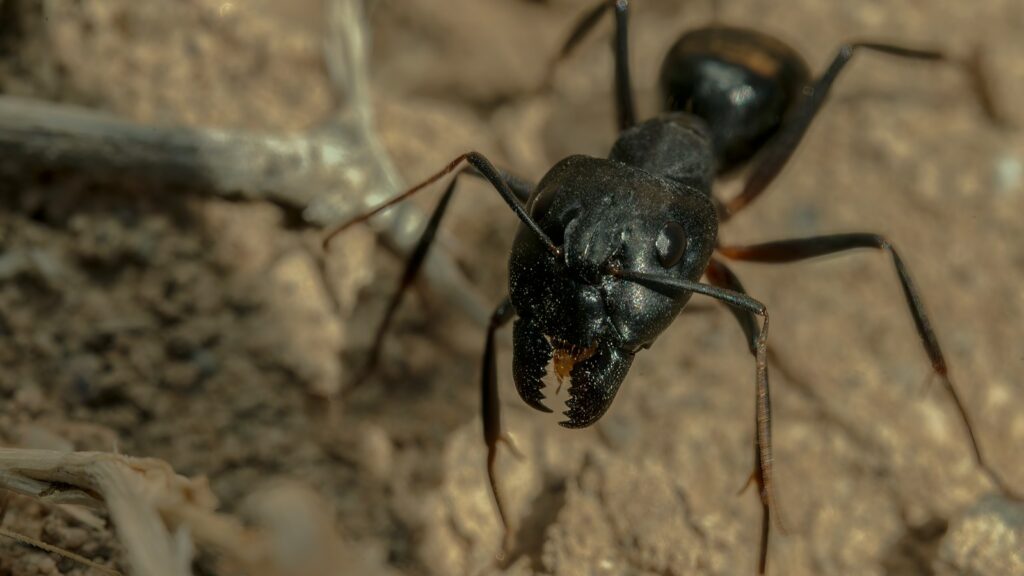Beneath our feet lies a world that would make any human civilization look primitive by comparison. While we pride ourselves on agricultural innovation, livestock management, and military strategy, ants have been perfecting these arts for millions of years. These tiny architects of the underground have created societies so complex that they rival our own, complete with farmers who cultivate crops, herders who tend flocks, and warriors who engage in battles that would make generals weep. The next time you step over an anthill, remember that you’re walking past a civilization that might just be more advanced than our own.
The Original Farmers: Leafcutter Ants and Their Underground Gardens

Long before humans discovered agriculture, leafcutter ants were already running sophisticated farming operations that would impress any modern agriculturalist. These remarkable insects don’t actually eat the leaves they cut – instead, they use them as compost to grow fungus in vast underground gardens. Worker ants march in endless processions, carrying leaf fragments like tiny green umbrellas above their heads, creating highways of agricultural activity.
The farming process itself is a marvel of biological engineering. The ants chew the leaves into a pulp, mix it with their saliva and feces, and use this nutrient-rich mixture to cultivate specific species of fungus. Different castes of workers have specialized roles – some cut leaves, others transport them, and still others tend the fungal gardens with the precision of master gardeners. The fungus produces specialized structures called gongylidia, which serve as the primary food source for the entire colony.
What makes this system even more extraordinary is that the ants maintain antibiotic-producing bacteria on their bodies to protect their crops from harmful pathogens. This biological pest control system has been refined over 50 million years of evolution, making it far more sophisticated than many human agricultural practices.
Aphid Ranchers: The Art of Insect Livestock Management
If leafcutter ants are the farmers of the insect world, then many other ant species are its ranchers. Aphids, those small green insects that gardeners despise, are actually livestock to numerous ant species. These tiny cattle produce a sweet substance called honeydew, which ants harvest much like humans milk cows. The relationship is so refined that some ant species have essentially domesticated their aphid herds over millions of years.
The care that ants provide to their aphid livestock is remarkably similar to human animal husbandry. They move aphids to fresh feeding grounds, protect them from predators like ladybugs, and even construct shelters for them during harsh weather. Some ant species will gently stroke aphids with their antennae to stimulate honeydew production, a process that looks surprisingly like milking. When winter approaches, certain ant species will even carry aphid eggs into their nests to protect them, ensuring a fresh supply of livestock for the following spring.
The economic efficiency of this system is staggering. A single aphid can produce several times its own body weight in honeydew over its lifetime, making them incredibly valuable assets to ant colonies. Some species have become so dependent on their aphid herds that they cannot survive without them, creating a codependent relationship that has shaped both species’ evolution.
Scale Insect Shepherds: Protecting the Precious Herds
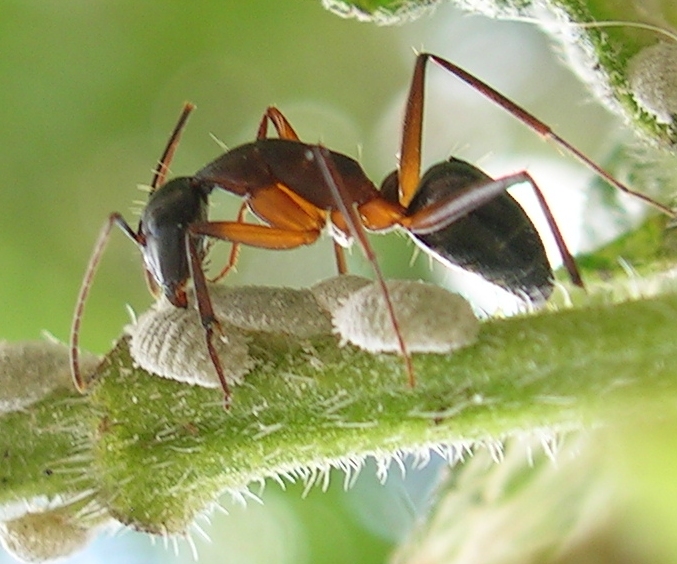
Beyond aphids, many ant species have expanded their livestock operations to include scale insects, another group of honeydew producers. These relationships often involve even more sophisticated management techniques than aphid farming. Scale insects are typically less mobile than aphids, making them easier to manage but also more vulnerable to predators and environmental changes.
Ant shepherds construct elaborate protective structures around their scale insect herds, using materials like soil, plant matter, and even their own secretions. These shelters not only protect the insects from weather and predators but also help regulate temperature and humidity to optimize honeydew production. Some ant species have been observed relocating entire scale insect populations when food sources become depleted, demonstrating strategic resource management that would impress any rancher.
The diversity of these relationships is remarkable, with different ant species specializing in different types of scale insects. Some focus on root-feeding scales that live underground, while others tend aerial species that feed on tree branches. This specialization has led to coevolutionary relationships where both the ants and their livestock have adapted specifically to work together, creating partnerships that are more efficient than either species could achieve alone.
The Art of War: Military Strategies That Rival Human Tactics
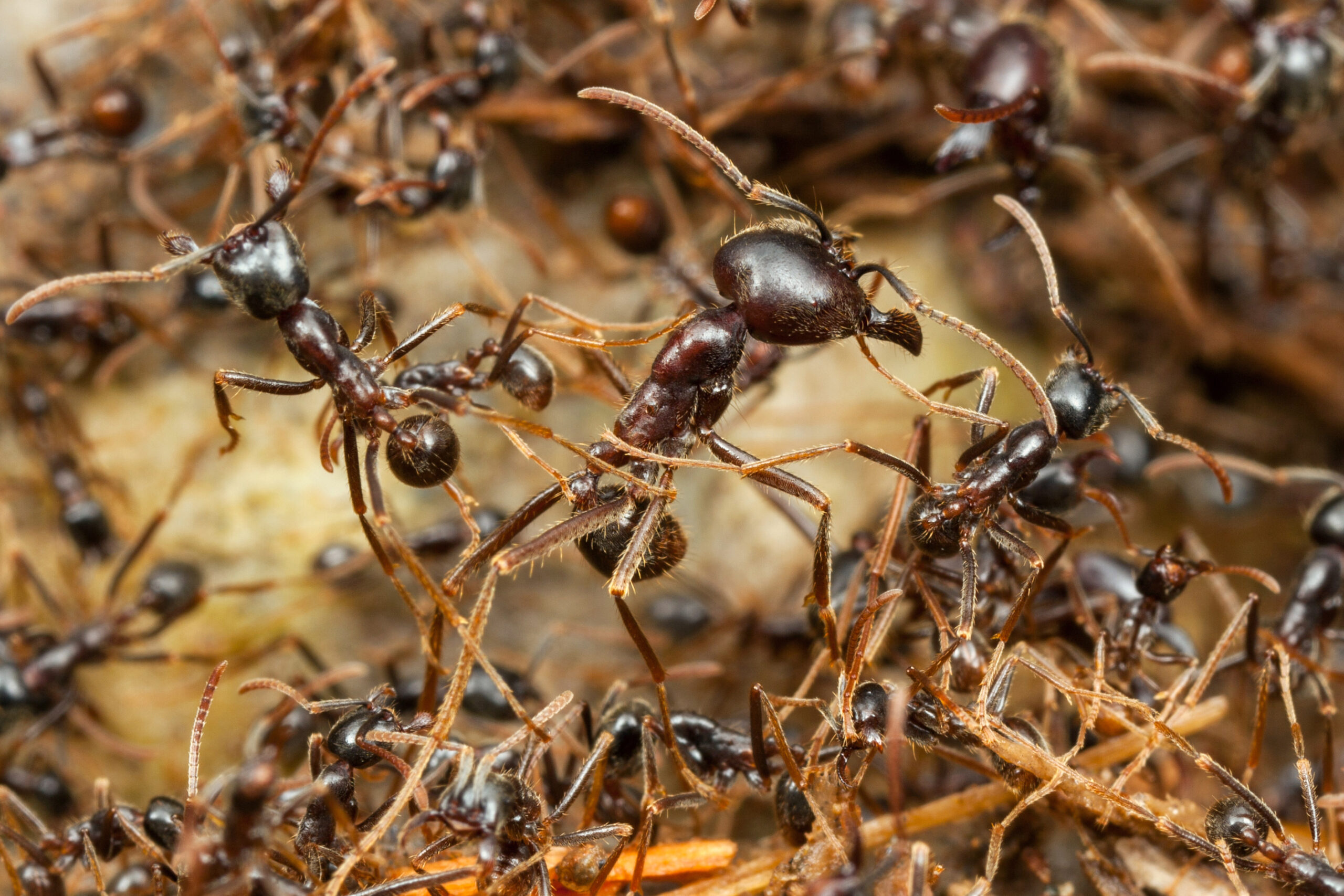
When resources become scarce or territories overlap, ant colonies engage in warfare that displays tactical sophistication rivaling human military operations. Army ants, perhaps the most famous of these warriors, conduct raids with the precision of special forces units. They form living bridges with their bodies, create supply lines that stretch for hundreds of meters, and coordinate attacks involving hundreds of thousands of individuals.
The strategic complexity of ant warfare extends far beyond simple aggression. Colonies engage in reconnaissance missions, gathering intelligence about enemy strength and defensive positions before launching attacks. Some species employ diversionary tactics, sending small groups to distract defenders while the main force attacks from a different direction. Others use chemical warfare, releasing pheromones that can confuse or repel enemy forces.
Perhaps most remarkably, some ant species engage in what can only be described as slave raids. These colonies attack other ant nests, capturing larvae and pupae to raise as workers in their own colonies. The captured ants grow up to work for their captors, creating a labor force that enables the raiding colony to expand rapidly. This practice has led to evolutionary arms races, with target species developing better defenses and raiding species improving their attack strategies.
Chemical Communication: The Language of Pheromones
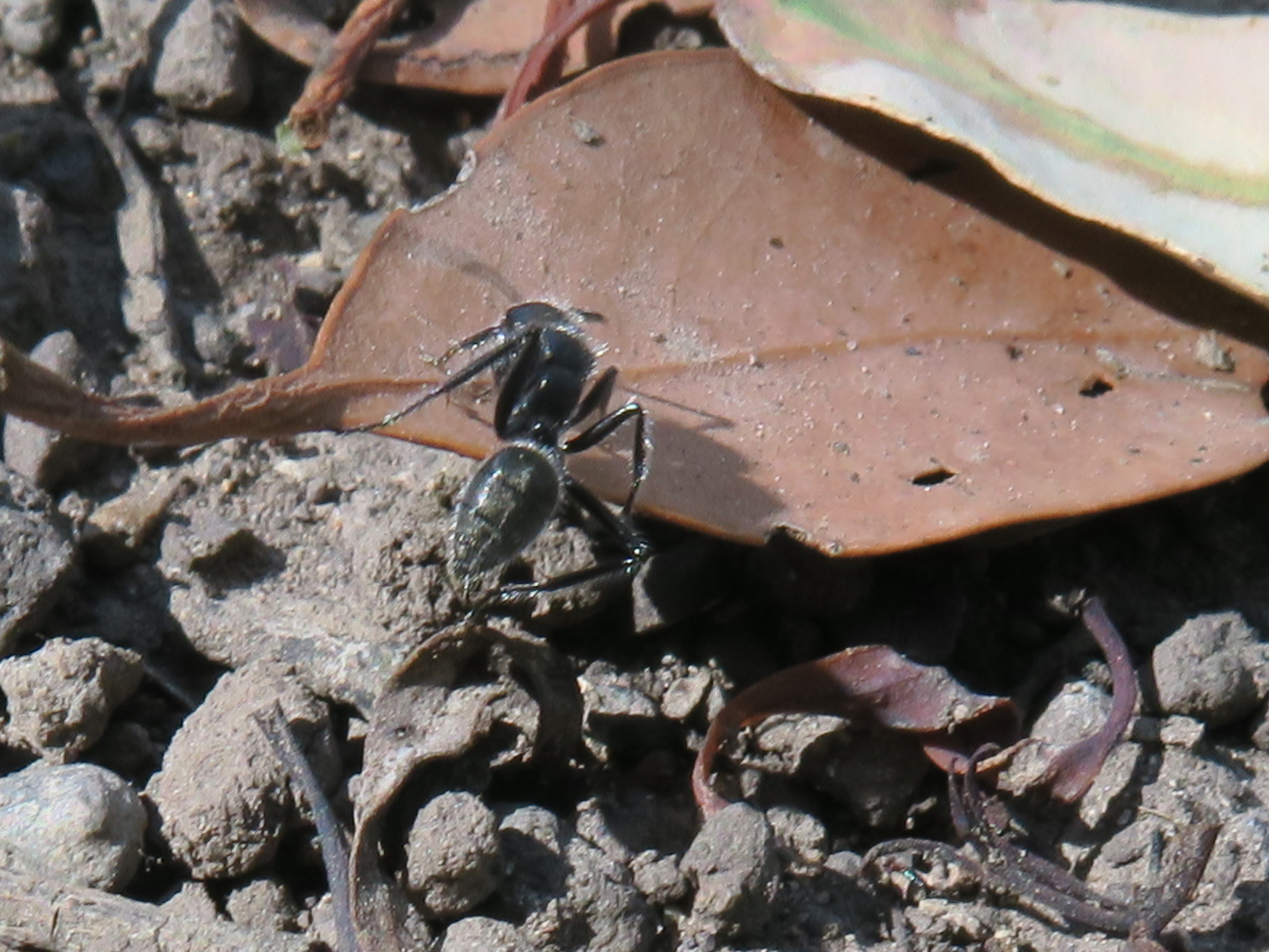
The coordination required for farming, herding, and warfare is made possible by one of nature’s most sophisticated communication systems. Ants use a complex language of chemical signals called pheromones to convey information about food sources, danger, and social roles. This chemical communication is so precise that it can direct specific behaviors, much like a detailed instruction manual written in scent.
Different pheromones serve different purposes in ant society. Trail pheromones help workers navigate to food sources and back to the nest, with the strength of the trail indicating the quality of the resource. Alarm pheromones can trigger defensive responses throughout the colony, while queen pheromones help maintain social order by regulating reproduction and worker behavior. The complexity of this chemical vocabulary allows for nuanced communication that enables sophisticated collective behavior.
The temporal aspect of pheromone communication is equally impressive. Some chemical signals fade quickly, providing temporary information about immediate conditions, while others persist for hours or even days. This creates a dynamic information landscape that helps colonies adapt to changing circumstances while maintaining long-term coordination. The ability to layer different chemical messages creates a communication system that rivals human language in its complexity and effectiveness.
Architectural Marvels: Engineering Feats Underground

The physical infrastructure that supports ant farming, herding, and warfare represents some of the most impressive engineering achievements in the natural world. Ant colonies construct elaborate underground cities with specialized chambers for different functions – nurseries for young, storage areas for food, and even waste disposal systems. These structures are designed with ventilation systems that regulate temperature and humidity, creating optimal conditions for different activities.
The engineering principles used in ant construction are remarkably sophisticated. Colonies often include multiple entrance and exit points for security and efficiency, with tunnel systems designed to minimize energy expenditure during transportation. Some species create elaborate ventilation shafts that use thermal gradients to circulate air, while others construct water management systems that prevent flooding during heavy rains.
The scale of these constructions is mind-boggling when considered relative to the size of individual ants. A single colony might excavate tons of soil, creating tunnel networks that extend several meters in all directions. The largest recorded ant supercolony stretches over 6,000 kilometers, making it one of the largest living structures on Earth. These architectural achievements require coordination between millions of individuals working without blueprints or central planning.
Social Castes: The Ultimate Division of Labor
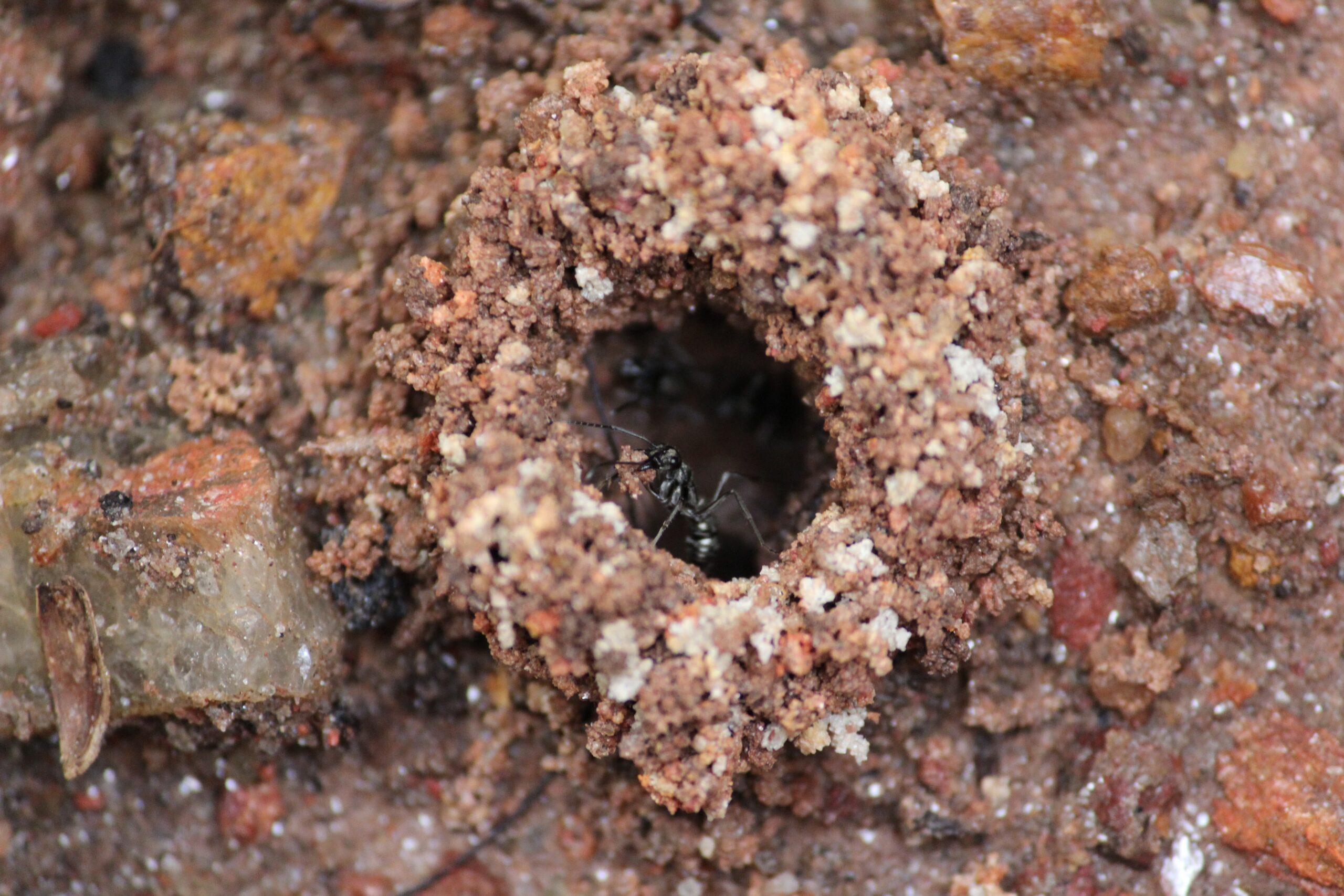
The success of ant farming, herding, and warfare depends on a social system that makes human job specialization look primitive. Ant colonies are organized into distinct castes, each with specific roles and physical adaptations for their functions. Workers might be divided into minor workers for routine tasks, major workers for defense, and specialized castes for specific activities like farming or herding.
The physical differences between castes can be dramatic. Soldier ants might have enlarged heads and powerful jaws for combat, while worker ants optimized for farming might have specialized mouthparts for processing plant material. Some species have castes so specialized that they cannot survive without support from other members of the colony, creating a level of interdependence that ensures social cohesion.
The development of these castes is controlled by a complex interplay of genetics, nutrition, and environmental factors. Larvae that will become queens receive different food and care than those destined to become workers, demonstrating how social roles are determined and maintained. This flexibility allows colonies to adjust their workforce based on current needs, producing more soldiers during times of conflict or more workers during periods of expansion.
Queen Power: The Reproductive Heart of the Colony

At the center of every ant farming, herding, and warfare operation sits a queen whose reproductive capacity shapes the entire colony’s success. These remarkable individuals can live for decades, continuously producing the workforce that maintains the colony’s complex activities. The queen’s role extends beyond simple reproduction – she produces pheromones that regulate worker behavior and maintain social order throughout the colony.
The relationship between queens and workers represents one of nature’s most successful partnerships. Workers provide food, protection, and care for the queen, while she produces the next generation of colony members. This arrangement allows for incredible reproductive efficiency, with some queens producing millions of offspring over their lifetime. The genetic diversity within a colony, often enhanced by multiple mating, provides the raw material for adaptation and specialization.
In some species, colonies may have multiple queens, creating complex power dynamics that influence everything from resource allocation to territorial expansion. These multi-queen colonies often grow larger and more powerful than single-queen colonies, but they also face unique challenges in maintaining coordination and preventing internal conflict. The success of these arrangements depends on sophisticated mechanisms for sharing reproductive duties and maintaining social harmony.
Seasonal Strategies: Adapting to Environmental Changes
The farming, herding, and warfare activities of ant colonies must adapt to seasonal changes that dramatically affect resource availability and survival requirements. During spring and summer, when food is abundant, colonies focus on expansion and reproduction. This is when farming operations reach peak efficiency, herding activities intensify, and territorial conflicts are most likely to occur.
Winter preparation reveals the strategic planning capabilities of ant societies. Farming species must ensure their fungal gardens survive cold temperatures, often by moving them to deeper, more insulated chambers. Herding species must decide whether to protect their livestock through winter or allow them to enter dormancy while maintaining breeding populations for the following year. These decisions require accurate assessment of resource availability and weather predictions.
The transition between seasons often triggers dramatic behavioral changes throughout the colony. Some species temporarily abandon their agricultural activities to focus on food storage, while others may engage in territorial conflicts to secure resources before winter. The ability to coordinate these seasonal transitions across thousands or millions of individuals demonstrates the sophisticated planning capabilities that make ant societies so successful.
Territorial Warfare: Battles for Resources and Space

The territorial conflicts between ant colonies can escalate into prolonged wars that reshape entire ecosystems. These battles often center around valuable resources like food sources, nesting sites, or access to livestock herds. The strategies employed in these conflicts demonstrate tactical thinking that would impress military strategists, with colonies using everything from direct assault to siege warfare to achieve their objectives.
Territorial boundaries are often marked and defended with the same intensity as human national borders. Colonies establish patrol routes, maintain border guards, and respond aggressively to incursions. The chemical marking of territories creates invisible boundaries that are as real to ants as any physical barrier. Violations of these boundaries can trigger conflicts that last for days or weeks, involving massive numbers of combatants.
The outcomes of these territorial wars can have far-reaching consequences for entire ecosystems. Victorious colonies may gain access to new food sources or livestock populations, enabling rapid expansion. Defeated colonies may be forced to relocate, disrupting established ecological relationships. These conflicts serve as a primary driver of ant evolution, constantly selecting for improved fighting abilities, better coordination, and more effective strategies.
Symbiotic Relationships: Beyond Simple Farming and Herding

The relationships between ants and other species extend far beyond simple farming and herding arrangements. Many ant species have developed complex symbiotic relationships with plants, fungi, and other animals that blur the lines between cooperation and exploitation. These relationships often involve multiple species working together in ways that benefit all participants, creating ecological networks of remarkable complexity.
Plant-ant relationships represent some of the most sophisticated examples of interspecies cooperation. Certain plants provide specialized structures called domatia that house ant colonies, while the ants provide protection from herbivores and competing plants. Some plants even produce specialized food bodies that serve no purpose other than feeding their ant partners. These relationships have coevolved over millions of years, resulting in partnerships that are essential for both species’ survival.
The complexity of these symbiotic networks means that the success of ant farming, herding, and warfare activities often depends on maintaining relationships with multiple species simultaneously. A single ant colony might tend aphid herds, cultivate fungal gardens, and maintain defensive partnerships with plants, all while engaging in territorial conflicts with neighboring colonies. This multifaceted approach to survival demonstrates the sophisticated ecological thinking that makes ant societies so successful.
Communication Networks: Coordinating Complex Operations
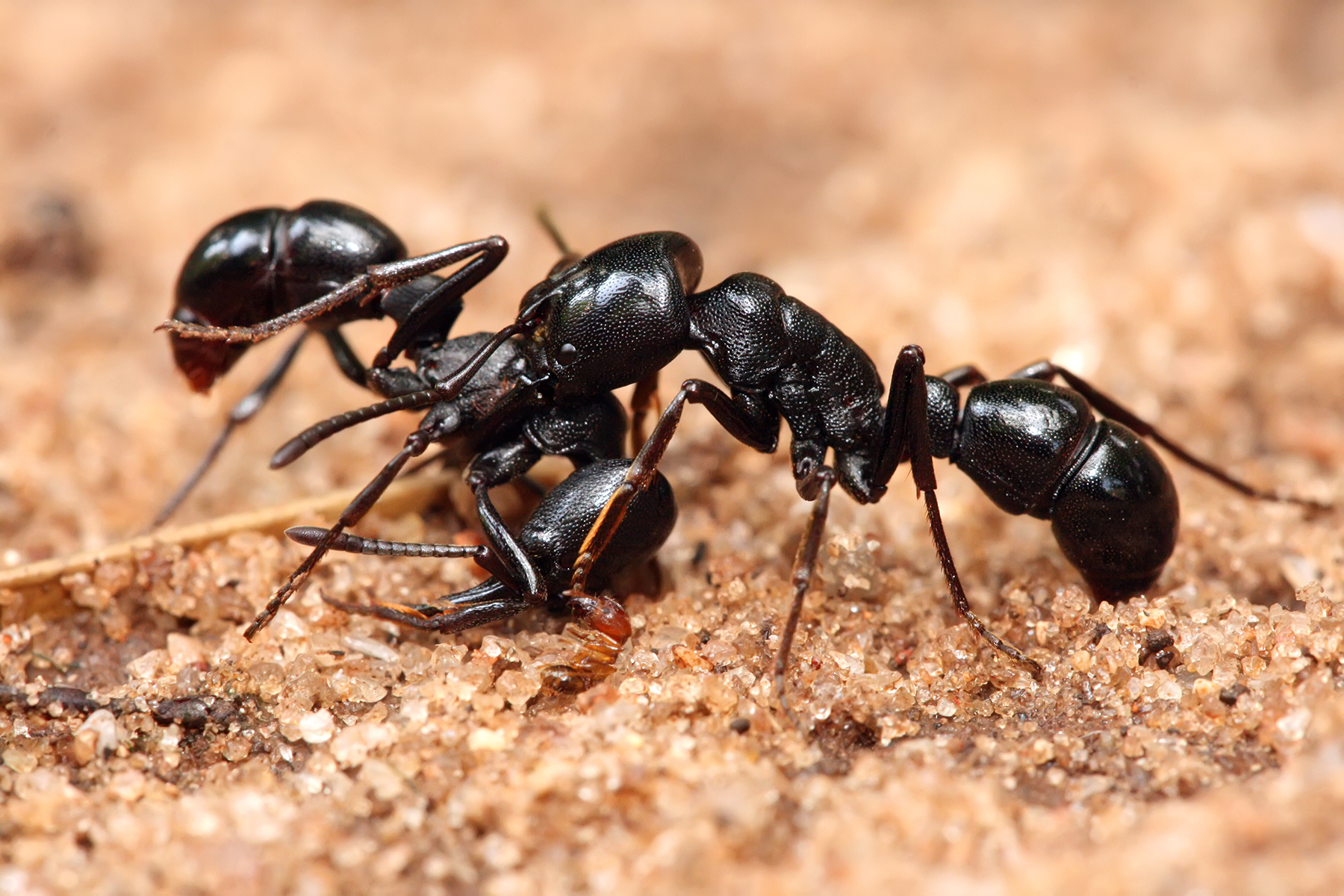
The coordination required for successful farming, herding, and warfare operations depends on communication networks that span entire colonies and sometimes extend between related colonies. These networks use a combination of chemical signals, tactile communication, and even sound to transmit information rapidly throughout the colony. The efficiency of these communication systems often determines the success or failure of complex operations.
Information flow in ant colonies follows patterns that resemble modern communication networks, with certain individuals serving as relay points and others specializing in long-distance communication. Trail systems create physical communication pathways that can carry multiple types of information simultaneously. The ability to rapidly transmit information about food sources, threats, or opportunities allows colonies to respond quickly to changing conditions.
The redundancy built into these communication systems ensures that critical information reaches its destination even if individual communication pathways are disrupted. This resilience is particularly important during warfare, when enemy forces may attempt to disrupt colony coordination. The sophistication of these communication networks demonstrates how collective intelligence can emerge from simple individual behaviors when properly coordinated.
Evolutionary Arms Races: Constant Adaptation and Innovation
The farming, herding, and warfare activities of ant colonies are constantly evolving in response to environmental pressures and competition from other species. These evolutionary arms races drive continuous innovation in tactics, strategies, and biological capabilities. The species that succeed are those that can adapt most quickly to changing conditions and develop new solutions to emerging challenges.
The coevolution between ants and their various partners creates ongoing pressure for innovation on all sides. Aphids may develop new defenses against ant manipulation, forcing ants to develop new herding techniques. Fungal crops may face new diseases, driving the evolution of improved antibiotic production by farming ants. Enemy colonies may develop new attack strategies, forcing defensive innovations in response.
These evolutionary pressures have produced remarkable diversity in ant strategies and capabilities. Some species have specialized in particular aspects of farming, herding, or warfare, while others have developed more generalized approaches. The constant pressure to innovate ensures that ant societies continue to evolve new capabilities that help them thrive in an ever-changing world.
Global Impact: How Ant Societies Shape Ecosystems

The collective activities of ant farmers, herders, and warriors have profound effects on ecosystems around the world. These tiny insects move more soil than earthworms, process more organic matter than many larger animals, and influence plant communities through their various relationships. The success of ant societies often determines the structure and function of entire ecological communities.
Ant farming activities can dramatically alter soil chemistry and nutrient cycling in ways that affect plant growth and ecosystem productivity. The waste products from fungal gardens create nutrient-rich zones that benefit surrounding vegetation, while the excavation activities of farming colonies can change drainage patterns and soil structure. These effects can persist for years or even decades after a colony relocates, creating lasting environmental changes.
The territorial conflicts and population dynamics of ant societies can influence the distribution and abundance of other species throughout an ecosystem. Successful colonies may suppress competing ant species, alter predator-prey relationships, and change the availability of resources for other organisms. Understanding these impacts is crucial for conservation efforts and ecosystem management in regions where ant societies play dominant ecological roles.
Conclusion: Lessons from the Underground

The sophisticated societies that exist beneath our feet offer profound lessons about cooperation, specialization, and sustainable resource management. These ant civilizations have perfected agricultural techniques, livestock management, and military strategies over millions of years of evolution, creating systems that are often more efficient and sustainable than human approaches. Their success demonstrates the power of collective intelligence and the importance of social cooperation in achieving complex goals.
The study of ant societies continues to inspire innovations in fields ranging from robotics to urban planning, as researchers seek to understand and replicate the coordination mechanisms that make these societies so effective. The challenges facing ant colonies – resource scarcity, territorial conflicts, and environmental change – mirror many of the issues confronting human societies, making their solutions particularly relevant for our own future.
Perhaps most importantly, these remarkable insects remind us that intelligence and sophistication can emerge from the simplest building blocks when properly organized and coordinated. The next time you encounter an ant, remember that you’re meeting a member of a civilization that has already solved many of the challenges we’re still working to understand. What other secrets might these underground societies reveal if we take the time to truly observe and learn from them?

